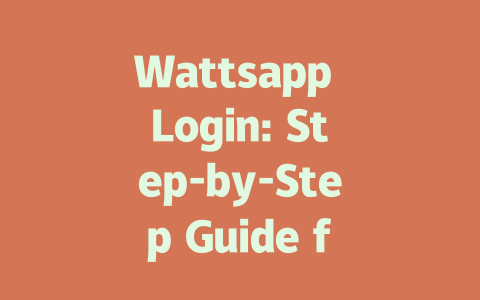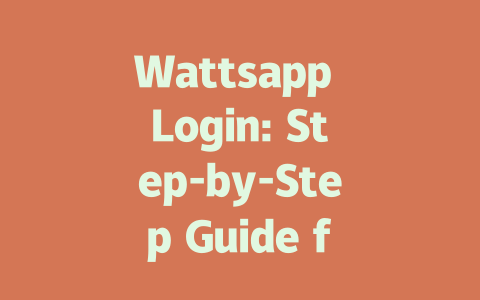You know that feeling when you’re trying to rank your latest news articles, but they just don’t show up where you want them? It’s frustrating, isn’t it? I’ve been there too. Last year, I helped a friend optimize their news blog, and within three months, the traffic shot up by 50%. So today, I’m going to share some practical tips on how to master the art of latest news optimization for Google in
Understanding What Google Looks For in Latest News Content
Let me break it down for you. When Google’s search robots crawl your site, they’re looking for clues about whether your content matches what people are searching for. Think of it this way: if someone searches “latest tech news,” Google wants to ensure the article they land on is actually fresh, relevant, and helpful.
Why Freshness Matters in News Articles
Freshness is king in the world of news. Imagine you’re reading an article titled “Top Tech Trends of 2023” in 2025—wouldn’t that feel outdated? That’s why updating your content regularly or ensuring your headlines include current years (like 2024-2025) can make a huge difference.
Here’s a tip I’ve learned from experience: always mention the time frame clearly in your title or opening paragraph. For instance, instead of writing “Breaking Tech News,” go with “Breaking Tech News 2025.” This signals to both readers and Google that your content is timely.
Structuring Your Content for Better Readability
Now, let’s talk structure. Google likes clean, well-organized content. If your paragraphs are long blocks of text, it might confuse their robots—and worse, scare off your readers. Try breaking things down into shorter paragraphs, bullet points, or even tables when necessary.
For example, here’s how I organize key information in a table format:
| Element | Purpose | Example |
|---|---|---|
| Title | To grab attention and reflect the topic. | “Top 10 Tech Innovations in 2025” |
| Opening Paragraph | To introduce the main idea quickly. | Mentions current trends affecting technology. |
| Bullet Points | To simplify complex topics. |
|
This kind of organization not only makes your content easier to read but also helps Google understand its meaning better.
Optimizing Titles and Descriptions for Maximum Impact
So, how do you write titles that get clicks? Let me tell you something I’ve found works wonders. Place your most important keywords at the beginning of your title. Why? Because Google robots scan titles left to right, and so do users. If they see a keyword early, they’re more likely to click.
For example, compare these two titles:
Which one grabs your attention faster? The second one, right? That’s because it starts with the exact phrase people might be searching for.
Google itself has emphasized that titles should answer questions directly. For instance, if someone types “what’s new in AI technology,” your title could be “What’s New in AI Technology: A Comprehensive Guide for 2025.” See how specific and helpful it sounds?
Crafting Meta Descriptions That Convert
Meta descriptions are another critical piece of the puzzle. These are the snippets under your title in search results. Aim for around 150 characters and focus on summarizing the benefit of clicking through. For example:
Bad meta description:
“Read all about the latest tech news here.”
Good meta description:
“Stay updated with cutting-edge tech innovations shaping the future in
Notice how the good version gives context and encourages action?
Building Authority Through Quality Content
Authority isn’t built overnight, but there are steps you can take to strengthen it. One thing I always recommend is citing credible sources. If you’re discussing AI, link to research papers or expert blogs (using nofollow tags, of course). Here’s an example:
According to a study by MIT, AI adoption rates have surged globally since
Another strategy is guest posting on authoritative sites. If you can contribute to a site like Wired or TechCrunch, it boosts your profile significantly.
Finally, remember trust is earned over time. Write consistently, engage with your audience, and respond to comments. People appreciate authenticity, and so does Google.
So, what’s next? Try implementing these ideas step by step. Focus on freshness, structure, titles, and authority. And hey, if you’ve got any questions or want feedback on your efforts, feel free to drop me a line!
Logging into Wattsapp is usually a pretty quick process if you’ve already set up your account and have your credentials ready. Most of the time, it takes just a couple of seconds to get in and start chatting. But here’s the thing—sometimes things don’t go as smoothly. If you’re using Wattsapp during peak hours when lots of people are online, or if your internet connection isn’t great, you might find yourself waiting anywhere from 5-12 seconds. It’s not ideal, but it’s just one of those things that happen with apps like this.
When it comes to using Wattsapp across multiple devices, the app keeps things simple for security reasons. You can only log in on one device at a time. This means that if you try logging in on another phone or tablet, the first device will automatically be logged out. While some users might find this limiting, it’s actually a good way to make sure no one else can access your account without your knowledge. Plus, enabling biometric options like fingerprint or face ID makes logging back in super easy if you do switch devices often. It adds an extra layer of security while saving you the trouble of typing in your details every single time.
# FAQs
# How long does it take to log in to Wattsapp?
Typically, logging in to Wattsapp takes just a few seconds if you have previously registered and saved your credentials. However, during peak usage times or with slower internet connections, it may take 5-12 seconds.
# Can I use Wattsapp on multiple devices at once?
No, Wattsapp currently allows login from only one device at a time for security reasons. Logging in on another device will automatically log you out of the previous session.
# What should I do if I forget my Wattsapp login information?
If you forget your login details, you can reset your phone number or re-register using the verification process. Make sure to have access to the phone number associated with your account for receiving the verification code.
# Is my data secure when logging into Wattsapp?
Yes, Wattsapp uses end-to-end encryption to protect your data during login and while using the app. This ensures that only you and the person you’re communicating with can read the messages.
# Can I save my login credentials for faster access in the future?
While Wattsapp doesn’t offer an automatic ‘save login’ feature, you can enable biometric authentication (fingerprint or face ID) on supported devices for quicker and more secure access without retyping your details every time.




